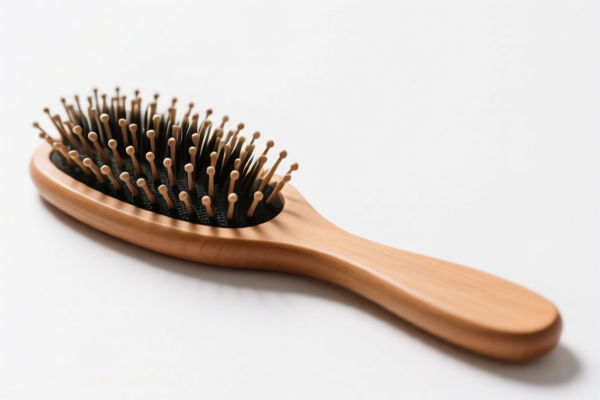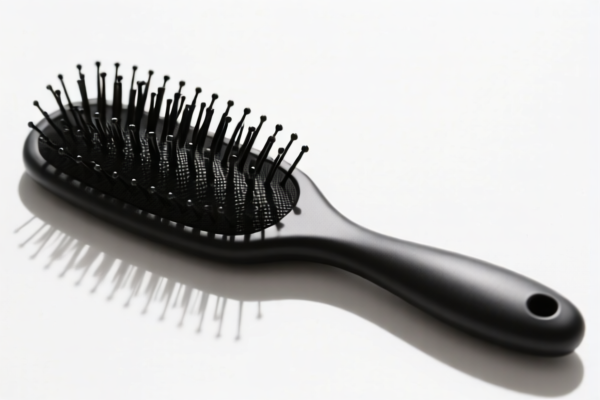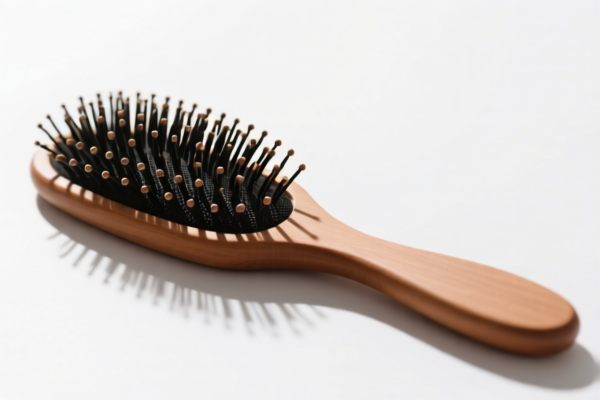| HS Code | Official Doc | Tariff Rate | Origin | Destination | Effective Date |
|---|---|---|---|---|---|
| 3924104000 | Doc | 33.4% | CN | US | 2025-05-12 |
| 4823905000 | Doc | 55.0% | CN | US | 2025-05-12 |
| 7013993000 | Doc | 46.5% | CN | US | 2025-05-12 |




Okay, let's break down the HS codes and tax implications for your declared items. I'll provide a structured analysis to help you understand the classification and potential costs.
Important Note: While I can provide guidance based on the information given, the final HS code determination rests with customs officials. It's crucial to verify this information with your customs broker or local customs authority.
1. Item 1: Tableware, kitchenware, other household articles and hygienic or toilet articles, of plastics: Tableware and kitchenware: Other
- HS Code: 3924.10.40.00
- 39: Plastics and articles thereof. This indicates the primary material is plastic.
- 24: Plastics and articles thereof (other than those of heading 3901 to 3914). This narrows it down to specific plastic articles.
- 10: Tableware, kitchenware, other household articles and hygienic or toilet articles.
- 40: Other. This signifies a more specific subcategory within the broader grouping.
- Tax Details:
- Basic Duty: 3.4%
- Additional Duty: 0.0% currently.
- Post April 2, 2025 Additional Duty: 30%
- Total Tax: 33.4% currently.
- Key Considerations:
- Material Verification: Ensure all components are indeed plastic. If metal parts are present, a different HS code might apply.
- End Use: Confirm the items are genuinely for household use (tableware, kitchenware).
- Certification: Depending on the destination country, you might need certifications related to food contact safety for tableware.
2. Item 2: Other paper, paperboard, cellulose wadding and webs of cellulose fibers, cut to size or shape; other articles of paper pulp, paper, paperboard, cellulose wadding or webs of cellulose fibers: Other: Other: Hand fans
- HS Code: 4823.90.50.00
- 48: Paper and paperboard; articles of paper pulp, paperboard, cellulose wadding or webs of cellulose fibers.
- 23: Other paper, paperboard, cellulose wadding and webs of cellulose fibers, cut to size or shape; other articles of paper pulp, paper, paperboard, cellulose wadding or webs of cellulose fibers.
- 90: Other.
- 50: Other. This specifies hand fans.
- Tax Details:
- Basic Duty: 0.0%
- Additional Duty: 25.0% currently.
- Post April 2, 2025 Additional Duty: 30%
- Total Tax: 55.0% currently.
- Key Considerations:
- Material Composition: Verify the primary material is paper or paperboard.
- Construction: Ensure the hand fans are primarily made of paper and not other materials like plastic or metal.
- Country of Origin: The origin of the paper/paperboard is important for potential trade agreements or preferential tariffs.
3. Item 3: Glassware of a kind used for table, kitchen, toilet, office, indoor decoration or similar purposes (other than that of heading 7010 or 7018): Other glassware: Other: Other: Smokers' articles; perfume bottles fitted with ground glass stoppers
- HS Code: 7013.99.30.00
- 70: Glass and glassware.
- 13: Glassware of a kind used for table, kitchen, toilet, office, indoor decoration or similar purposes (other than that of heading 7010 or 7018).
- 99: Other glassware.
- 30: Other. This specifies smokers' articles and perfume bottles.
- Tax Details:
- Basic Duty: 9.0%
- Additional Duty: 7.5% currently.
- Post April 2, 2025 Additional Duty: 30%
- Total Tax: 46.5% currently.
- Key Considerations:
- Glass Type: Confirm the material is indeed glass.
- Functionality: Ensure the items are used for the stated purposes (smokers' articles, perfume bottles).
- Stopper Material: The ground glass stopper is a key feature of this classification.
- Regulations: Smokers' articles may be subject to specific import regulations in certain countries.
Important Reminders:
- April 2, 2025 Tariff Changes: Be aware of the significant tariff increases scheduled for April 2, 2025. Plan your shipments accordingly.
- Accurate Valuation: Ensure the declared value of your goods is accurate. Customs authorities may challenge undervalued shipments.
- Documentation: Maintain complete and accurate documentation, including invoices, packing lists, and certificates of origin.
- Consult a Broker: I strongly recommend working with a customs broker in both the exporting and importing countries to ensure compliance with all applicable regulations.
To help me refine this analysis further, could you provide:
- Destination Country: Knowing the destination country will allow me to identify specific import regulations and potential trade agreements.
- Detailed Product Descriptions: More detailed descriptions of each item will help ensure the correct HS code is assigned.
- Material Composition: A breakdown of the materials used in each item.
- Unit Price: The unit price of each item.
Disclaimer: I am an AI chatbot and cannot provide legal or professional customs advice. This information is for general guidance only.
Customer Reviews
The site made it easy to understand the tariff rates for hair brush sets. I especially appreciated the note about the April 2, 2025 tariff changes.
The information on HS Code 7013993000 was useful, but I wish the site had included more details on the specific regulations for perfume bottles in the US.
I found the explanation of the 55% tariff for HS Code 4823905000 helpful. It clarified that hand fans made of paper are taxed differently than other materials.
This site provided clear details on HS Code 3924104000 for plastic hair brush sets. The breakdown of the tariff rate and effective dates was exactly what I needed for exporting.